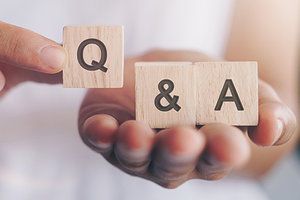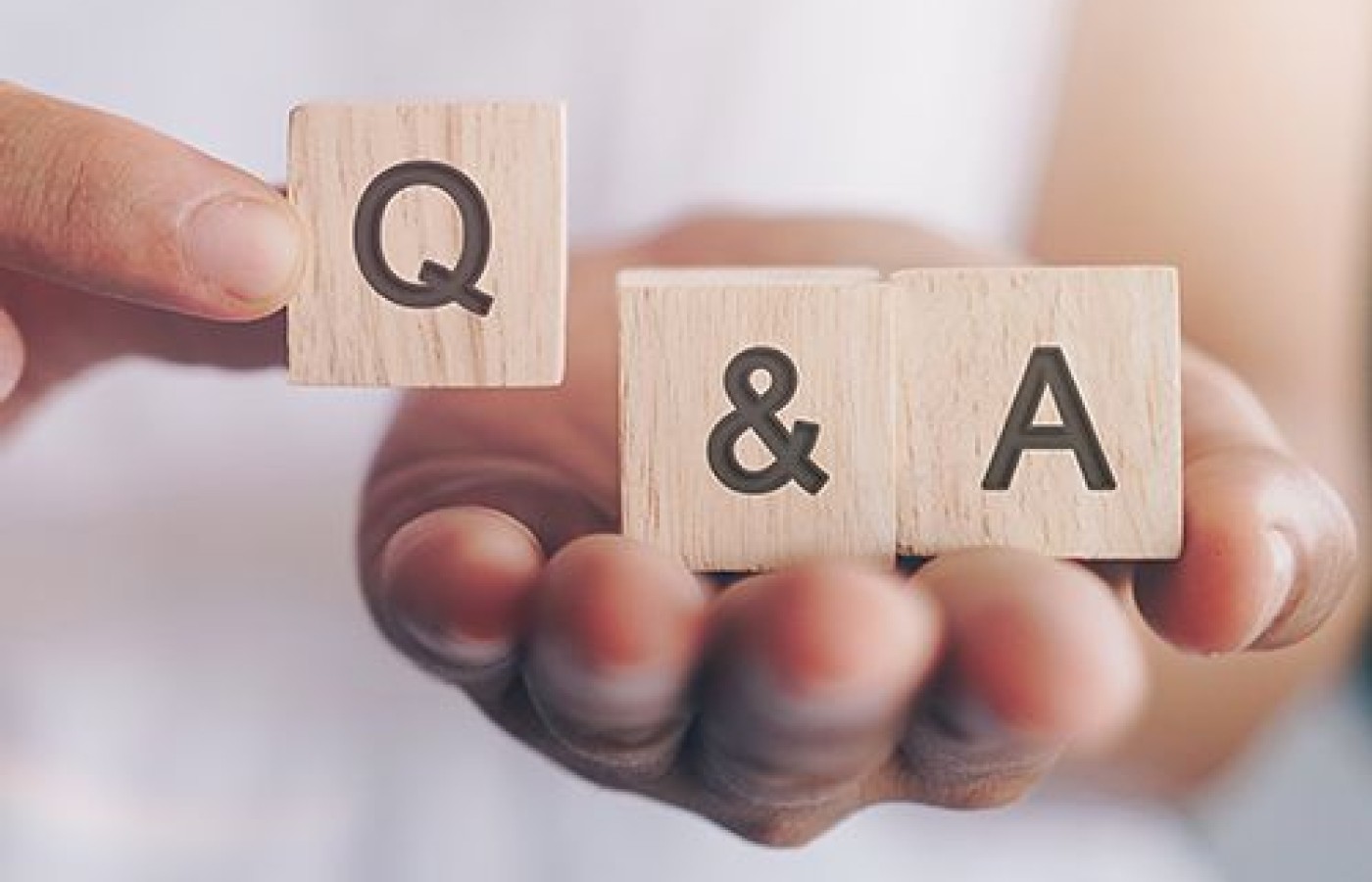Whether you accept it, avoid it or live somewhere in between, insurance coverage has become a defining issue for our profession. Patients increasingly expect to use their benefits, practitioners want to be compensated fairly for their time and expertise, and the system itself remains – at best – fragmented. The encouraging news is that coverage has expanded in meaningful ways. The challenging news is that reimbursement, across the board, remains inadequate.
Q&A With Dr. Gene Bruno, the Founder of Animal Acupuncture in the United States
Editor's Note: The following is part 1 of an interview by Marilyn Allen, AT editor at large, with Dr. Gene Bruno, who introduced animal acupuncture into the United States in 1972.
Dr. Bruno, can you tell us about the history of animal acupuncture? The history of animal acupuncture goes back nearly 3,000 years to the Zhou dynasty, during the reign of Emperor Mu [976-922 B.C.]. Records indicate that acupuncture continued to be used on horses until the 10th century A.D. The focus of its use was on horses because they were so essential to the military.
After the 10th century, acupuncture is not mentioned in any of the major surviving texts. While investigation into animal medicine and husbandry continued, it was involved primarily with herbal medicines, animal handling, bleeding techniques, and cauterizing, but nothing related to acupuncture. Essentially, animal acupuncture in China ended around the 10th century. They didn't treat dogs or cats in ancient China.
It wasn't until John Ottaviano and I reintroduced equine acupuncture, and introduced small animal acupuncture in 1972, that animal acupuncture reemerged as a treatment modality after nearly 1,000 years.

So it wasn't being done in China in the modern era? Not until about 1976.
But you and Ottaviano were doing animal acupuncture in California in the early ‘70s? Wait a second ... there was no licensing for acupuncturists in 1972! That's correct. There were a few allowances. For example, it was legal if the acupuncture was done in an approved setting for research purposes in a medical school setting. However, because of the assistance John and I had from the veterinarians we were working with and teaching at the time, we were approved by the California Veterinary Board to legally treat animals with acupuncture, without having a veterinary license.
Were there any other acupuncturists approved to do animal acupuncture? No, we were the only ones ever approved to do this. The California Racing Commission also approved us for treating horses at any California racetrack.
And you were training veterinarians? Yes. As you mentioned, there was no licensing for acupuncturists at that time, not until 1976. So we worked with vets who basically taught us Western veterinary medicine and we taught them acupuncture. At that time, Ottaviano and I were working for the National Acupuncture Association (NAA). The president of the NAA, William Prensky, asked John and I to build a veterinary research team.
In late 1973, after nearly two years of working with veterinarians, we established the National Acupuncture Veterinary Association (NAVA). This was only for veterinarians who wanted to study animal acupuncture. Veterinarians called the teaching that John and I created "Traditional Veterinary Acupuncture" (TVA).
In late 1974 and early 1975, another group of veterinarians was interested in studying acupuncture and John and I encouraged our NAVA group to join with them. This new organization was called the International Veterinary Acupuncture Society (IVAS). It still continues to teach veterinarians in the U.S. and worldwide.
Did you or Ottaviano create acupuncture charts for animals or write any books? We did create charts for the horse and dog. They were very simple, plain charts, but they helped us organize the points for dogs and horses, and they helped somewhat in teaching. But besides a few articles that I wrote, we did not write any books. Not until recently.
Yes. I understand you have a book of points for horses and a book for dogs? Yes, that's correct. Acupuncture Points on the Horse and Acupuncture Points on the Dog are available on Amazon.com.
Animal acupuncture obviously offers an entirely new professional opportunity for licensed acupuncturists. Yes, it does. In fact, I know a number of acupuncturists who have dedicated a large portion of their practices to treating animals.
Are there any courses on animal acupuncture for acupuncturists? Not at this time. There was a program at Tai Sophia that was created by Noreen Javornik. It was a great program. However, after the Maryland University of Integrative Health took over Tai Sophia, they only had the program intermittently and have not had it for years now.
However, this fall, the Phoenix Institute of Herbal Medicine and Acupuncture (PIHMA) will be holding a course on animal acupuncture. This course will be certified by the American Board of Animal Acupuncture (ABAA), and students will be eligible for national certification in animal acupuncture.
Will you be one of the instructors? Yes. I will be focusing on the horse with an equine veterinarian. Travis Buckmaster will be focusing on the dog with another veterinarian.
How do you see the future of animal acupuncture for acupuncturists? Animal acupuncture has always been the domain of acupuncturists. I have no problem that veterinarians who have taken the IVAS course are treating animals. It's an excellent course and they help a lot of animals. But as I said, this is our domain. And there are many acupuncturists who have told me how they prefer treating animals as much or even more than humans. So, for those who wish to expand their practice or dedicate their primary practice to animals, the new courses that will be held at PIHMA will offer them this opportunity.
How do acupuncturists find out more information about the course at PIHMA? They can email or call PIHMA. The first class this fall will be limited to 16 students. Right now, there are 12 or 13 students on the list, so there are still a few spots left.
Thank you, Dr. Bruno. This is all very interesting and I am hoping we can do another interview in the near future that explores the conditions you treat in small and large animals. Thank you, Marilyn. I would be happy to do that.



